In a world where fitness fads come and go, one timeless activity remains an enduring symbol of health and vitality. The allure of running for fitness and weight management is more than just a trend - it's a journey that empowers both body and mind.
Before embarking on a running regimen for weight loss, people need to understand what calorie expenditure is and how many calories can be burned after running a mile.
What calorie expenditure is?
Calorie expenditure, in scientific terms, refers to the amount of energy or calories that your body uses to perform various functions and activities throughout the day. This energy expenditure is crucial for your body to maintain its basic functions, such as breathing, circulating blood, and regulating body temperature.
How many calories can be burned after running a mile?
The number of calories burned after running a mile can vary widely depending on several factors, including your body weight, running pace, and overall fitness level. Here's a general estimate based on a few scenarios:
|
Person Weighing |
Burn Calories Running a Mile |
Running Pace |
|
155-160 pounds |
314-372 |
5 mph |
|
155-160 pounds |
472-558 |
7.5 mph |
Body Weight:
On average, a person weighing around 155-160 pounds can burn approximately 314-372 calories running a mile at a moderate pace of 5 mph.
Running Pace:
Your running speed significantly affects calorie burn. The faster you run, the more calories you burn in the same distance. For instance, Running a mile at a faster pace of 7.5 mph can burn around 472-558 calories for a person in the 155-160 pound range.
Fitness Level:
More experienced runners tend to be more efficient and may burn slightly fewer calories for the same distance at the same pace compared to beginners. However, the difference may not be substantial.
What factors can affect calorie burn?
Understanding factors that affect calorie burn can help you make informed decisions about your running routine. Whether you're aiming to shed some pounds or improve your overall fitness, optimizing these variables can play a crucial role in achieving your goals.
Running Pace
The speed at which you run, often referred to as your running pace, is a significant factor that can affect how many calories you burn during a run. This is because the intensity of your workout increases as your pace quickens. When you run faster, your body works harder, and as a result, you burn more calories.
Running at a faster pace elevates your heart rate and engages a larger number of muscle groups. This increased effort demands more energy, leading to a higher calorie burn per mile. So, if your goal is to maximize calorie expenditure, picking up the pace during your runs can be an effective strategy.
Body Weight
Another critical factor influencing calorie burn while running is your body weight. Heavier individuals tend to burn more calories than lighter ones when covering the same distance at the same pace. This is because it takes more energy to move a heavier body.
For instance, if two runners of different weights run a mile at the same pace, the heavier runner will burn more calories because their body requires more effort to perform the same activity. However, it's important to note that losing weight should not be solely reliant on exercise. A balanced diet is equally crucial for weight management.
Running Terrain
The terrain on which you run can also impact your calorie burn. Running on flat, smooth surfaces like a treadmill or a track generally requires less effort than running on uneven or hilly terrain. When you run uphill, your body has to work harder to overcome gravity, leading to a higher calorie burn.

Running Form
Your running form and efficiency can also influence calorie burn. Maintaining proper running form can help you conserve energy and run more efficiently. When your form is good, you waste less energy on unnecessary movements and can sustain your run for longer periods.
Conversely, poor running form can lead to energy wastage and premature fatigue. Slouching, overstriding, or running with improper posture can cause your body to work harder than it needs to, potentially reducing the overall calorie burn efficiency of your run.
The Science Behind Calorie Burn
Let's break down the science behind calorie burn in an easy-to-understand way:
Basal Metabolic Rate (BMR)
The Basal Metabolic Rate (BMR) is the energy your body uses for essential functions like breathing, circulating blood, and keeping your organs functioning. BMR accounts for a significant portion of the calories you burn each day, even when you're not doing anything active. It is the calories your body burns to stay alive.
Exercise-Induced Calorie Burn
When you engage in exercise or physical activity, like running, your body starts to burn calories beyond what it needs just to keep you alive (your BMR). This extra-calorie burn is known as exercise-induced calorie burn. It's the energy you use to power your muscles, keep your heart pumping, and breathe more rapidly during exercise. The more intense the activity, the higher the calorie burn.
Metabolic Equivalent of Task (MET)
MET is like a measuring system for physical activities. Each activity you do, like walking, running, or sitting, has a MET value that tells you how much energy it requires. Sitting quietly is the baseline, with a MET value of 1.0. The more high-intensity activities you do, the more calories you will burn.
How to calculate calories burned while running?
There are two ways can help people calculate calories burned while running:
Calorie Burn Calculation For Running
Calculating the calories burned while running involves a few key factors: your body weight, the distance you run, and your running pace. Here's a basic formula to estimate calorie burn:
Calories Burned = Body Weight (kg) x Time (hrs) x MET (Metabolic Equivalent of Task)
Calorie Burn Calculators (Smart Treadmills and Fitness Apps) For Runners
Also, people can use smart treadmills and fitness apps to get information on calories burned. Like our hot-selling item: the DeerRun A1 Smart Foldable Treadmill, which can link to a fitness app - PitPat to help people track their fitness data at any time.

Calorie Burns In Different Running Styles
When it comes to calorie burns, not all running styles are created equal. The intensity and duration of your run play a significant role in determining how many calories you'll torch.
Sprinting:
Intensity: Sprinting is high-intensity and involves short, explosive bursts of speed.
Speed: Sprinting is very fast, typically near your maximum running speed.
Duration: Sprinting intervals are short, lasting only seconds to a couple of minutes.
Calorie Burn: Due to its high intensity, sprinting burns a significant number of calories in a short time. You can burn around 200-300 calories in 15-20 minutes of sprinting.
Afterburn Effect: Sprinting often leads to EPOC (Excess Post-Exercise Oxygen Consumption), resulting in a prolonged calorie burn after the workout.
Jogging:
Intensity: Jogging is a moderate-intensity activity with a steady, sustained effort.
Speed: You maintain a slower, steady pace compared to sprinting.
Duration: Jogging sessions can vary but often last longer than sprinting intervals.
Calorie Burn: Jogging burns calories steadily over time. You might burn around 300-450 calories in 30 minutes of jogging, depending on factors like your weight and running pace.
Afterburn Effect: While not as pronounced as sprinting, jogging can still contribute to post-workout calorie burn.
Long-Distance Running:
Intensity: Long-distance running involves a sustained, moderate-intensity effort over an extended period.
Speed: You maintain a steady, slower pace compared to sprinting and jogging.
Duration: Long-distance runs can last from 30 minutes to several hours, depending on your fitness level and goals.
Calorie Burn: Long-distance running can burn a substantial number of calories due to the extended duration. You might burn around 300-600 calories in 30 minutes to an hour.
Afterburn Effect: While not as pronounced as sprinting, long-distance running can still contribute to post-workout calorie burn.
Practical Tips for Maximizing Calorie Burn
Here are some practical tips for people to maximize calorie burn:
Cross-Training
Cross-training isn't just about keeping your workouts interesting; it's a smart strategy for burning calories effectively. By diversifying your exercise routine, you engage your body in new and challenging ways, leading to more significant calorie burn.
Interval Running And Afterburn Calories
Interval running is a potent tool for those looking to maximize calorie burn in their workouts. This method alternates short bursts of high-intensity running with periods of rest or lower-intensity jogging.
Nutrition For Runners
Proper nutrition is crucial for runners to fuel their workouts, promote recovery, and maintain overall health. Here's a list of key nutritional considerations for runners:
Carbohydrates: Carbs are the primary source of energy for runners. Aim for complex carbohydrates like whole grains, fruits, and vegetables to provide sustained energy.
Protein: Protein is essential for muscle repair and growth. Include lean sources like poultry, fish, beans, and tofu in your diet.
Fats: Healthy fats, such as those from avocados, nuts, and olive oil, provide long-lasting energy and support overall health.
Hydration: Proper hydration is critical. Drink water regularly throughout the day and consider sports drinks during longer runs to replenish electrolytes.
Electrolytes: Sodium, potassium, and magnesium help maintain fluid balance and prevent cramping. Foods like bananas, oranges, and nuts are good sources.
Vitamins and Minerals: Ensure you get a variety of vitamins and minerals from fruits, vegetables, and whole foods to support overall health and recovery.
Iron: Adequate iron intake is crucial for oxygen transport in the blood. Incorporate iron-rich foods like lean red meat, beans, and leafy greens.
Calcium: Calcium is essential for bone health. Dairy products, fortified plant-based milk, and leafy greens are good sources.
Fiber: Fiber aids digestion and helps stabilize blood sugar levels. Whole grains, fruits, and vegetables are high in fiber.

Conclusion
In the quest for fitness and weight management, understanding the calorie burn associated with running a mile is a valuable piece of the puzzle. Running, a versatile and accessible exercise, can be tailored to meet various fitness goals. Whether you're sprinting for quick bursts of calorie burn, jogging for steady and sustainable workouts, or tackling long-distance runs for endurance and calorie expenditure, running offers something for everyone.








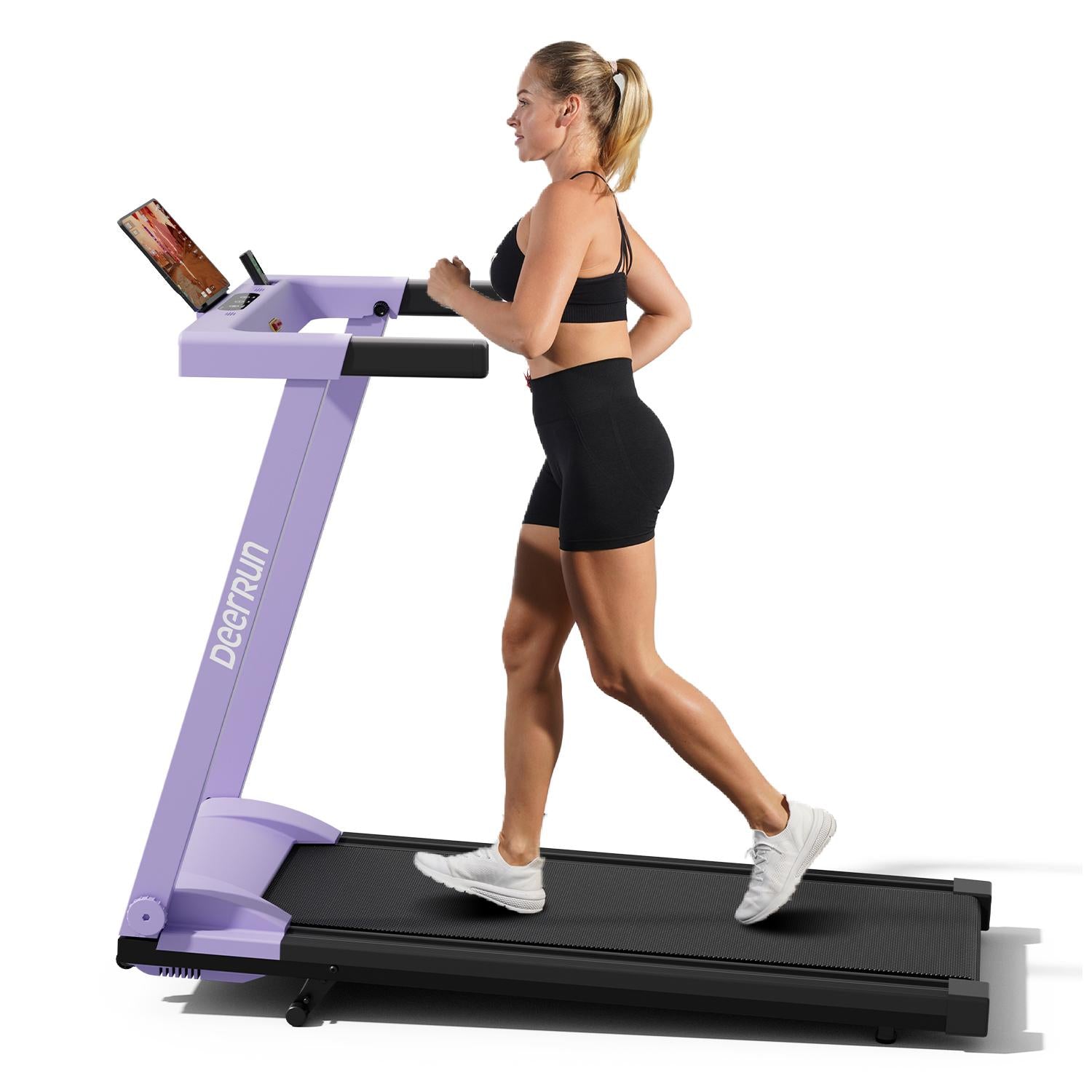
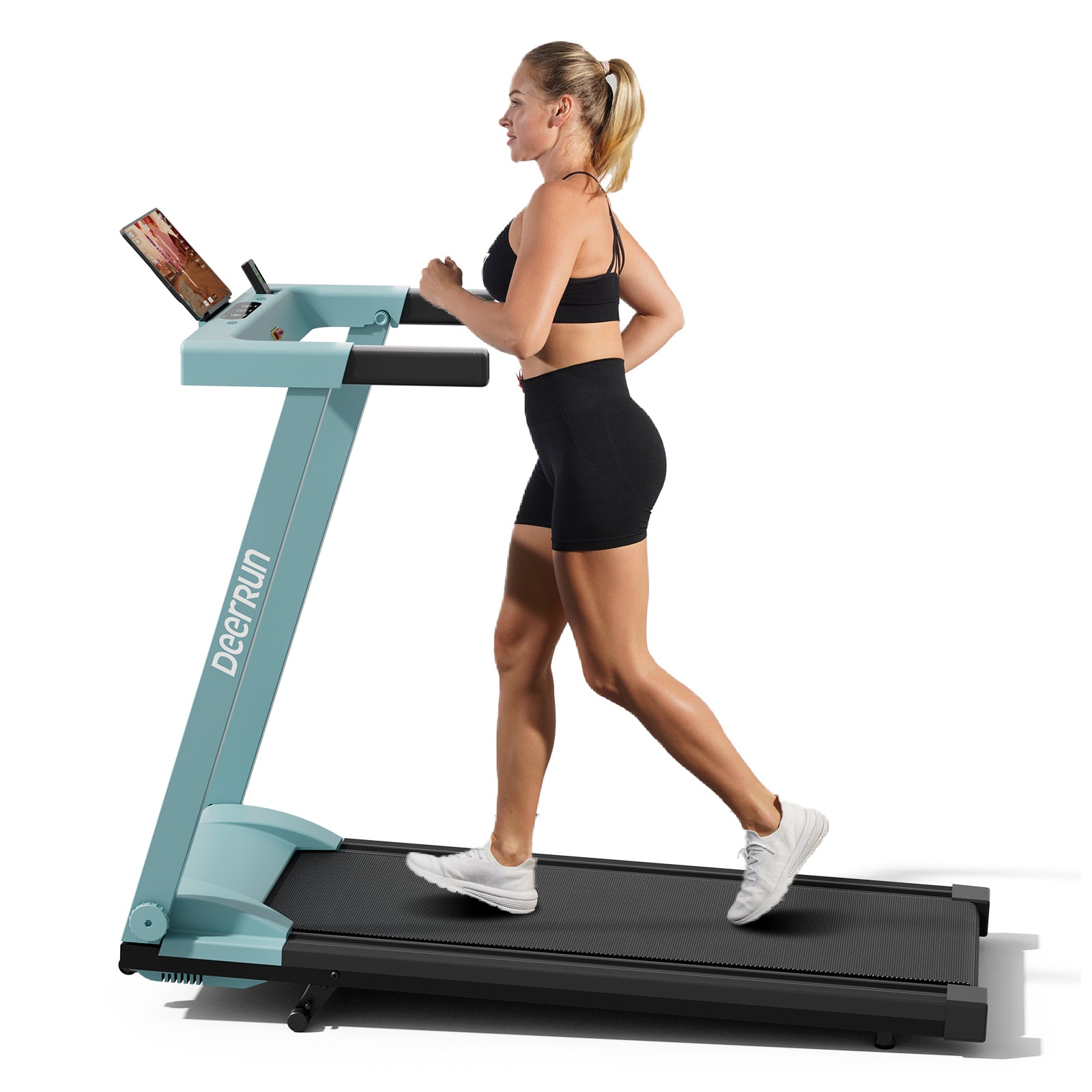





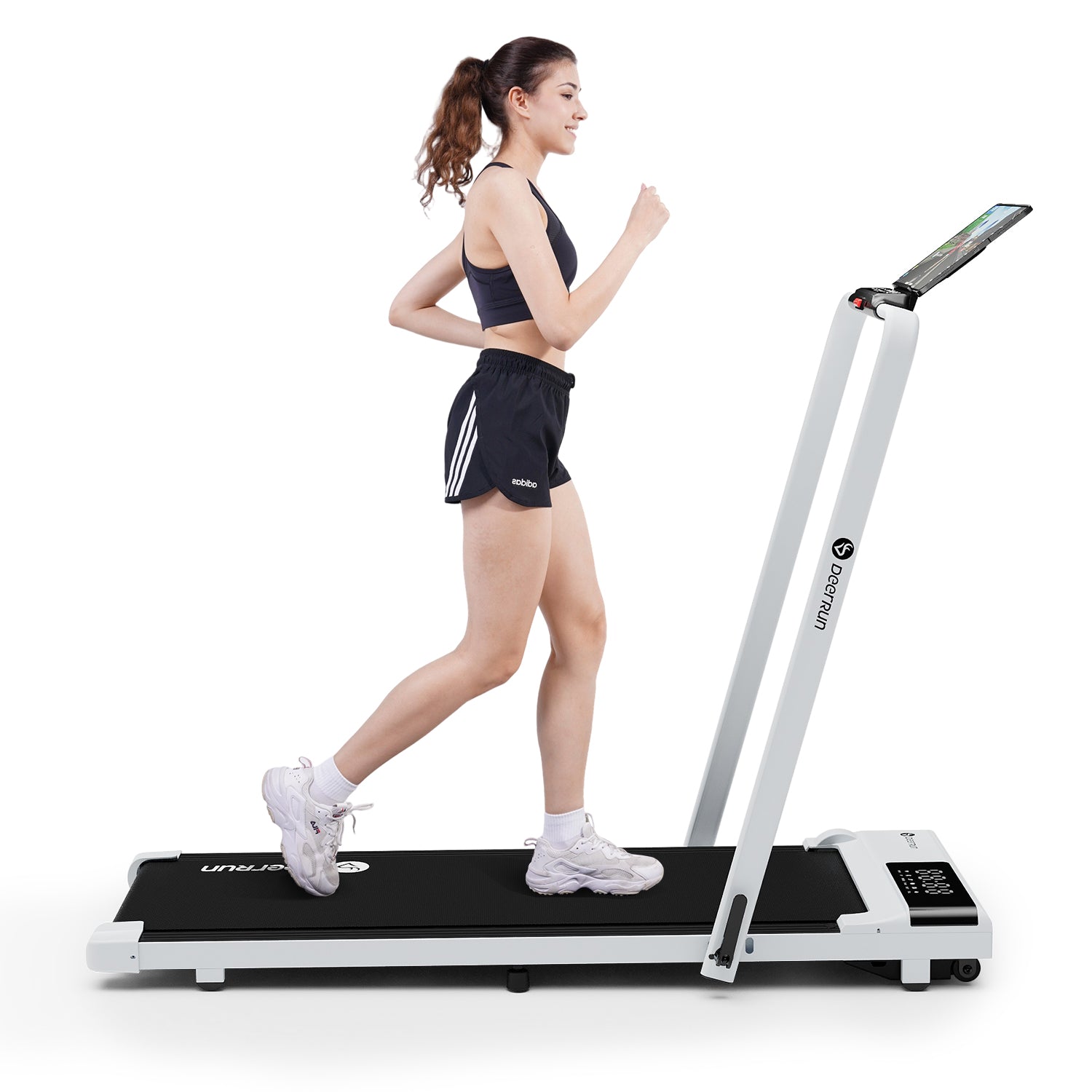

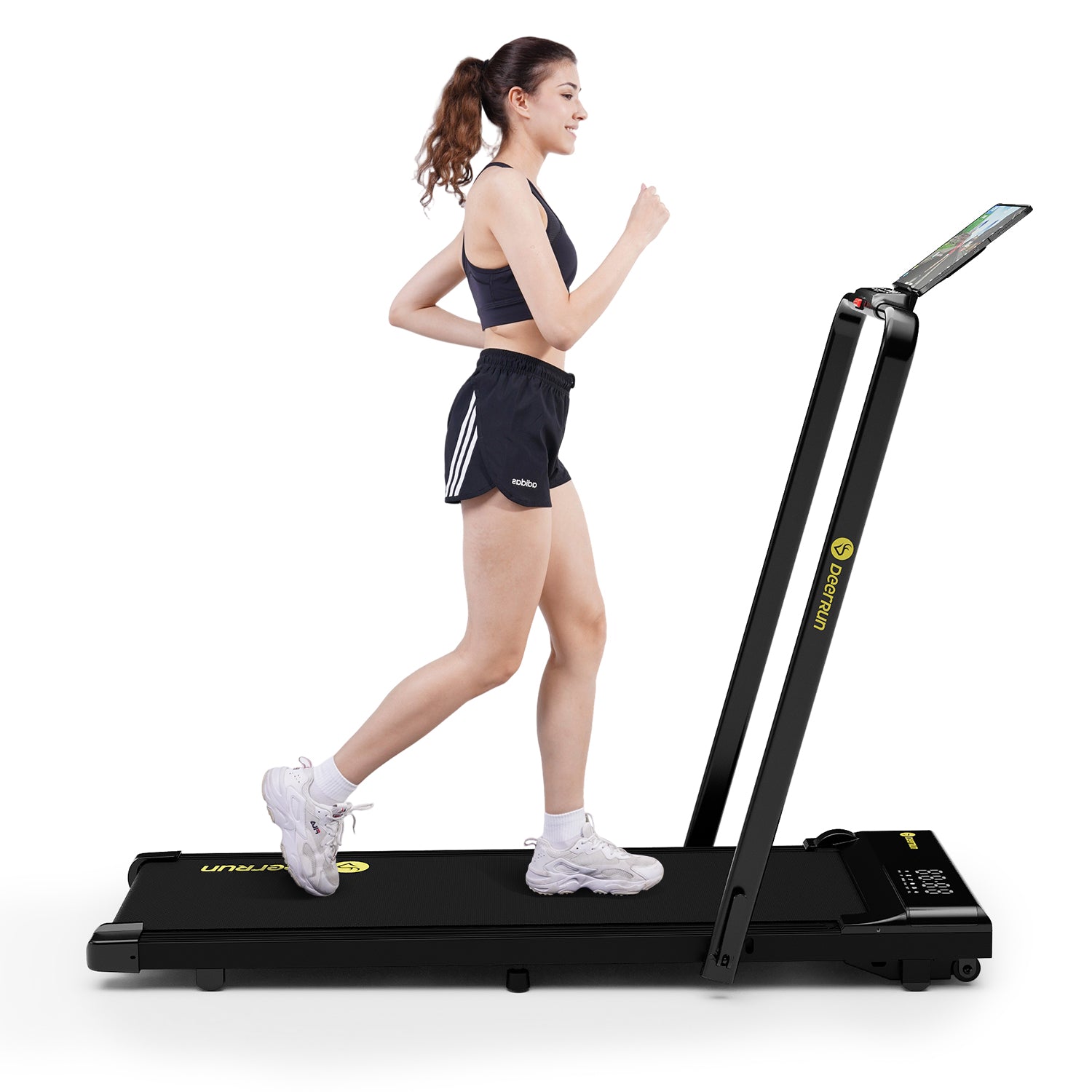










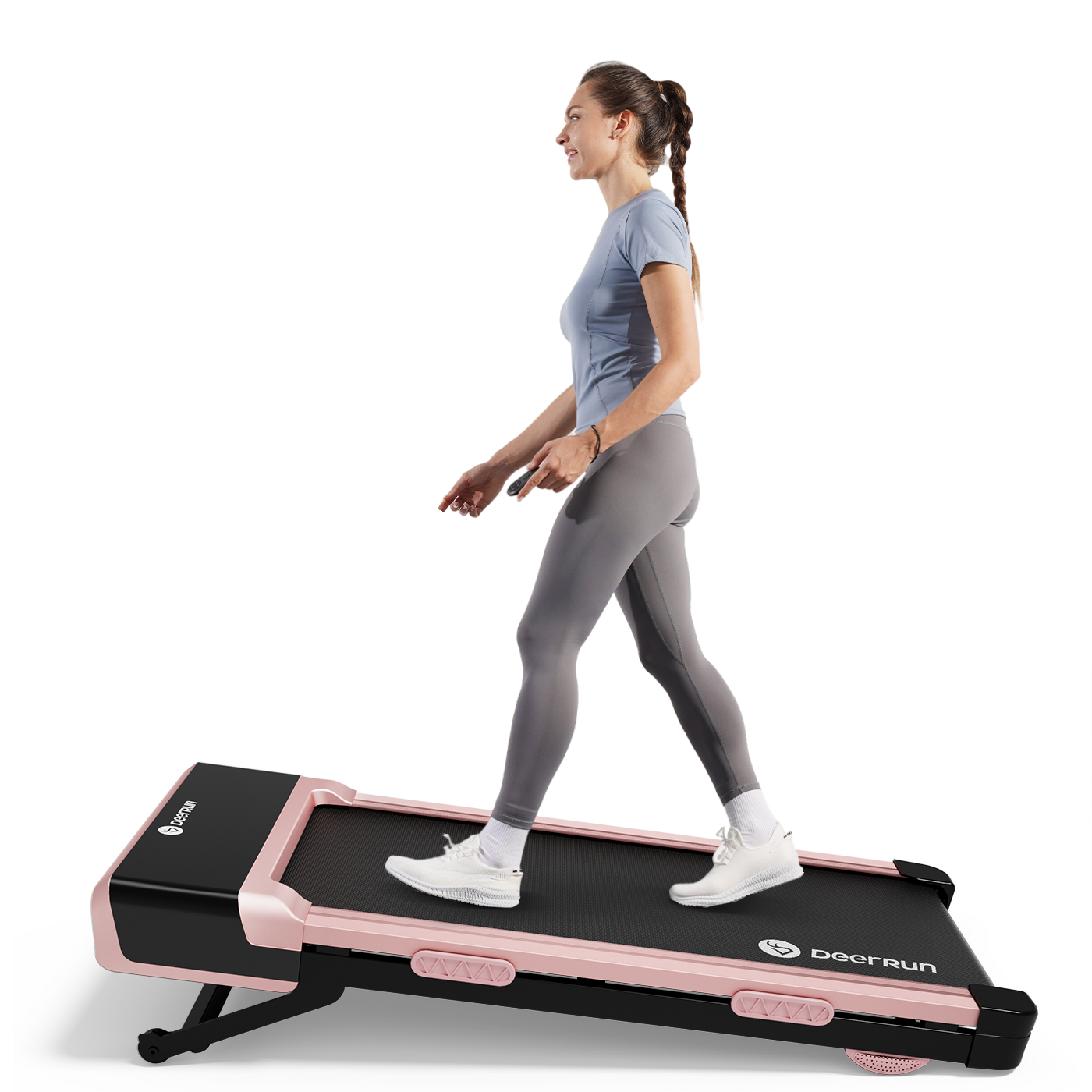
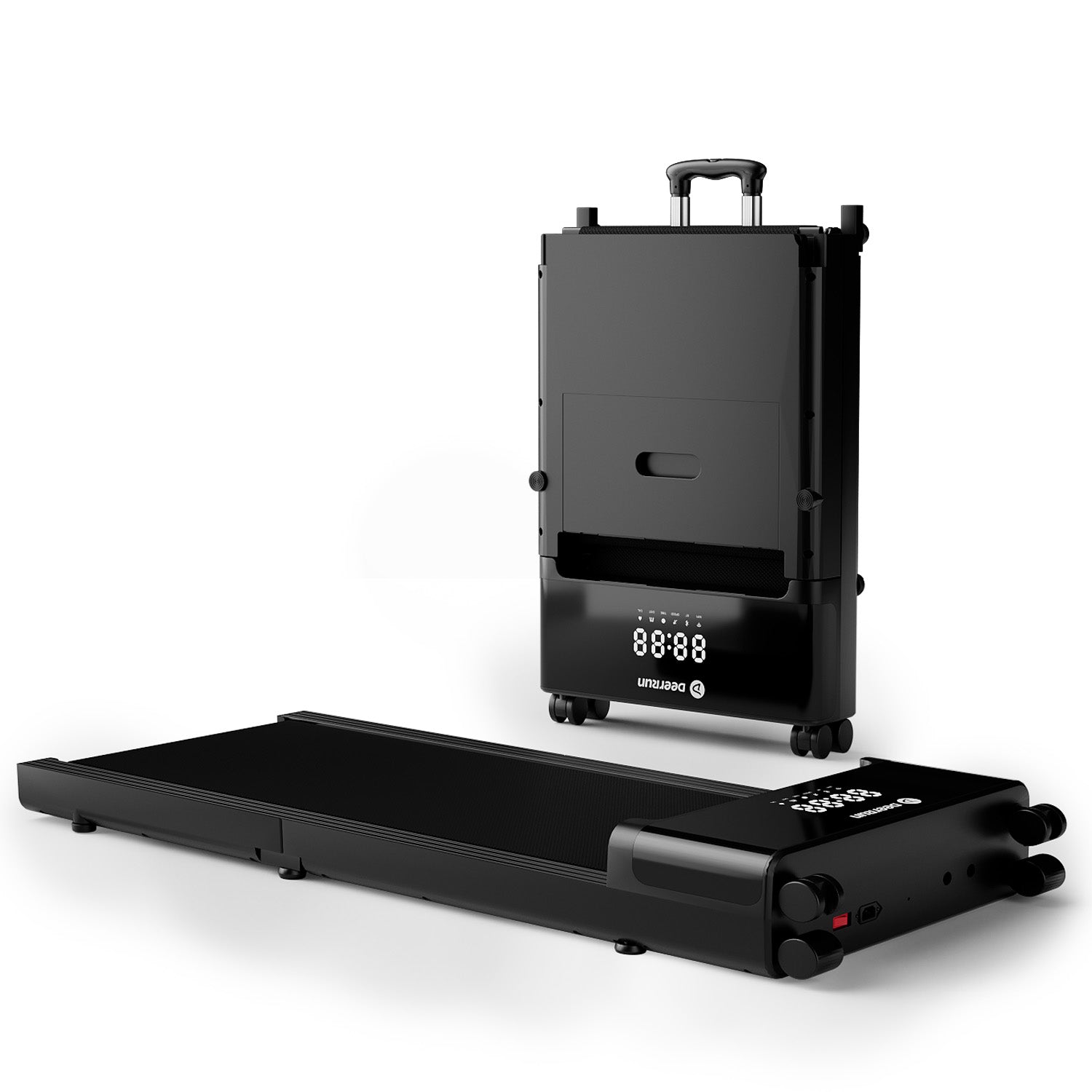

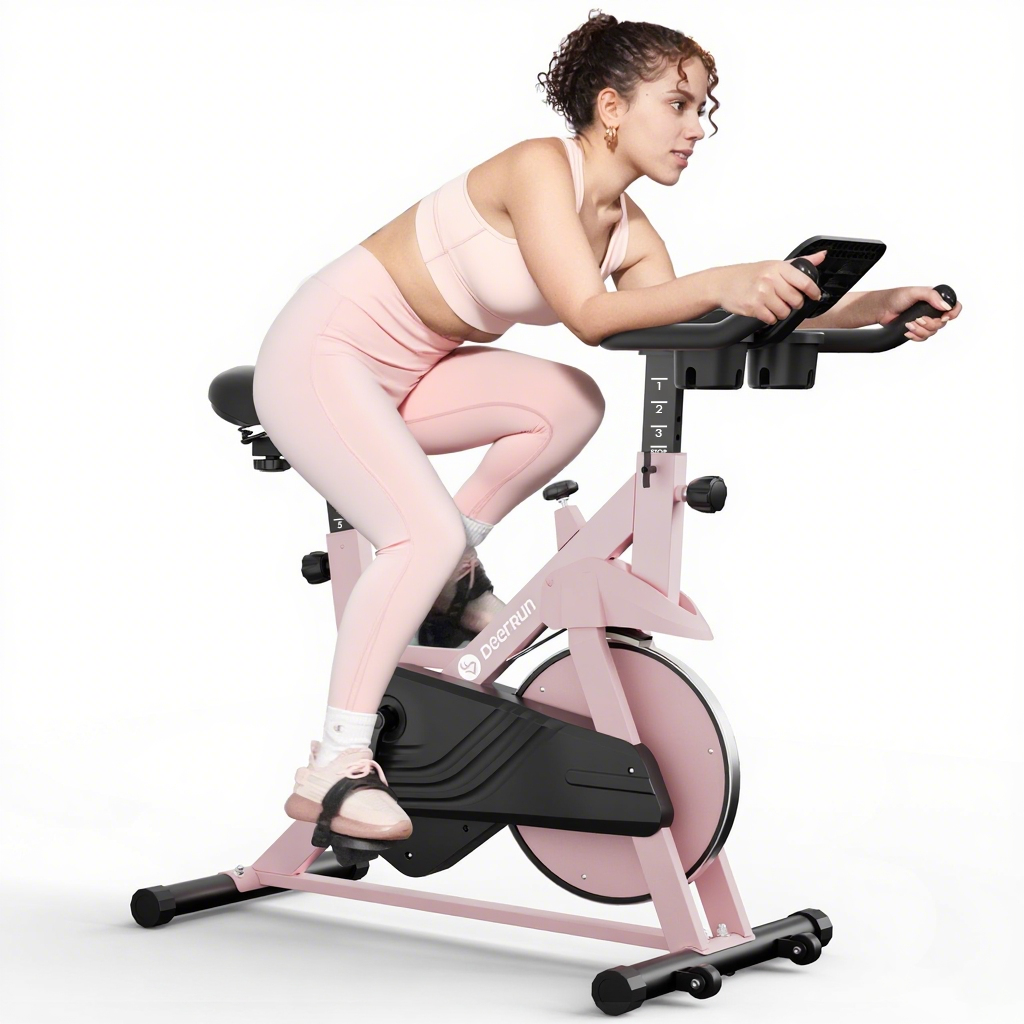
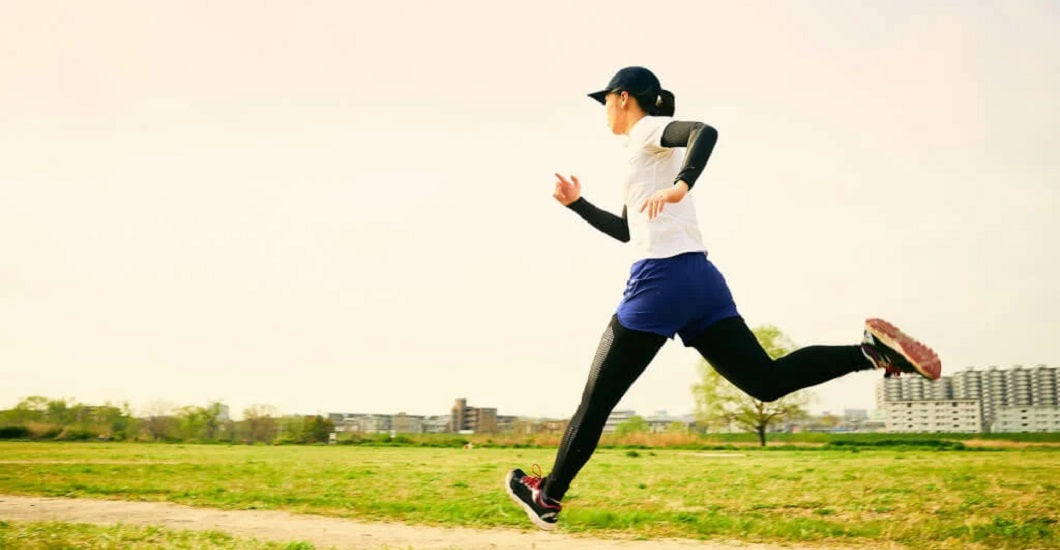




Leave a comment
All comments are moderated before being published.
This site is protected by hCaptcha and the hCaptcha Privacy Policy and Terms of Service apply.